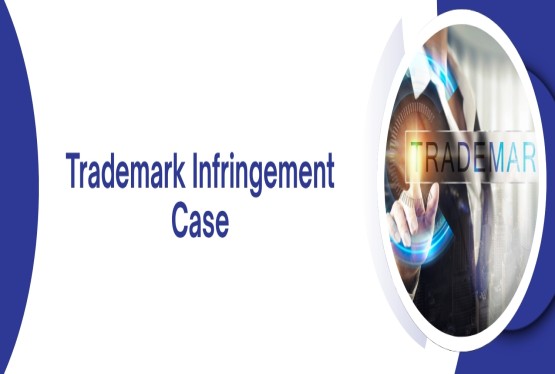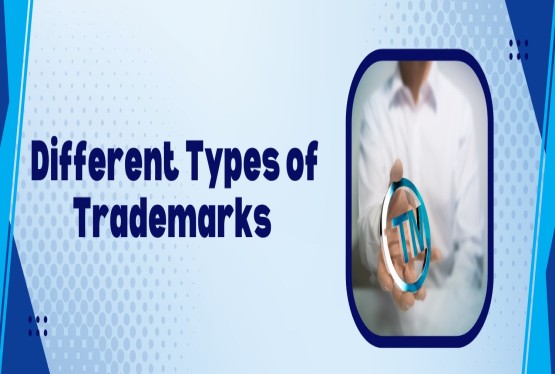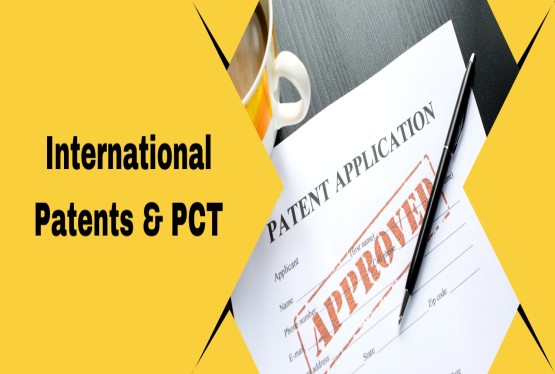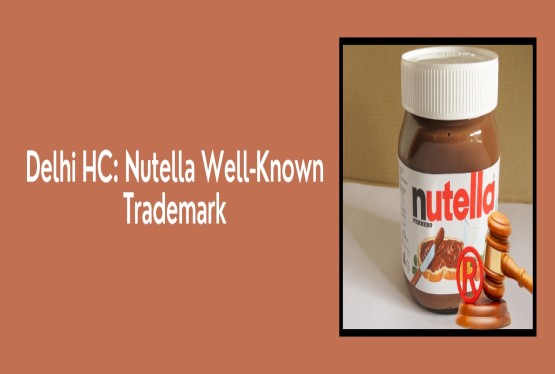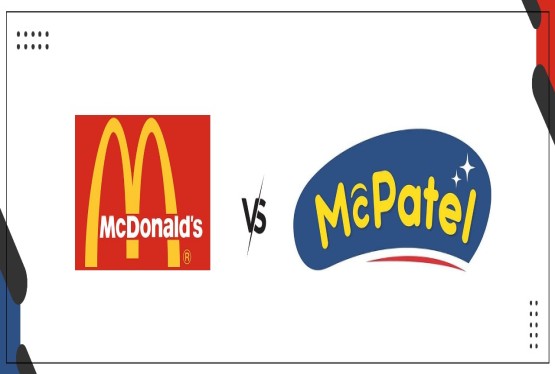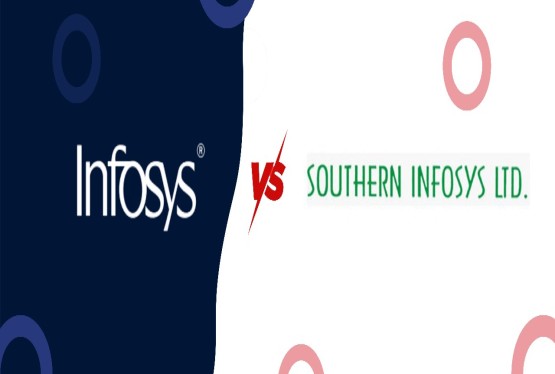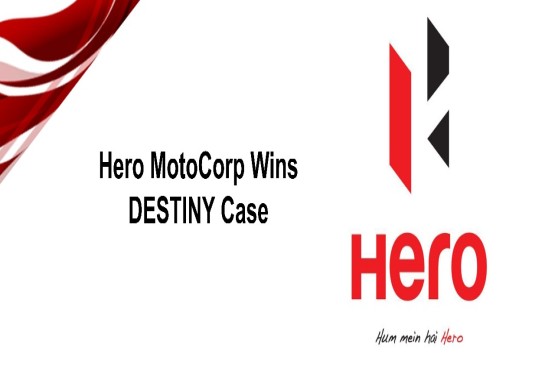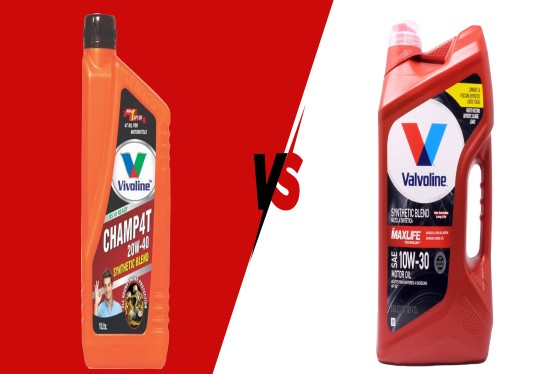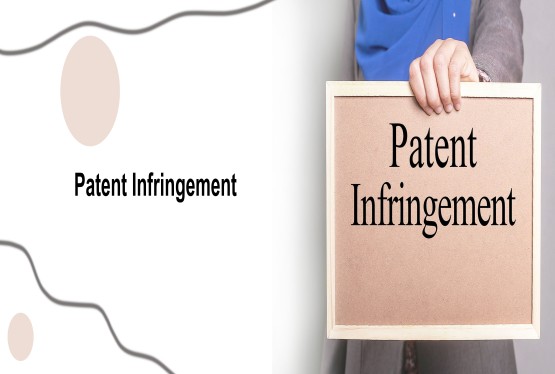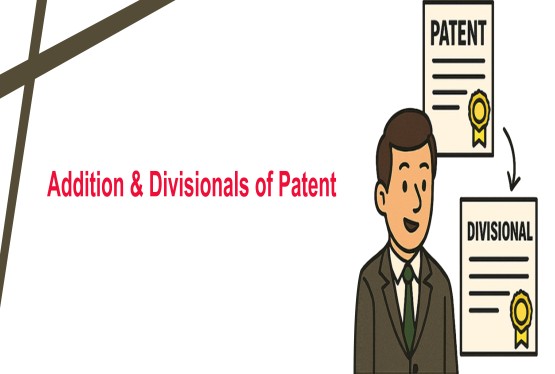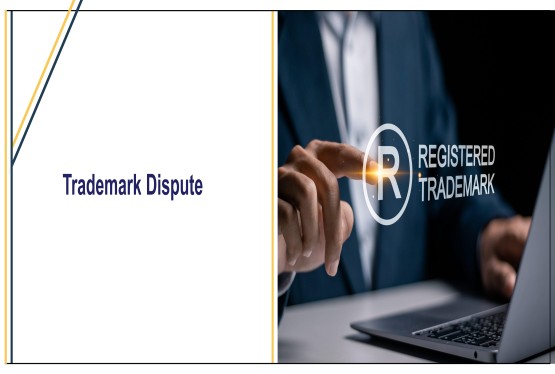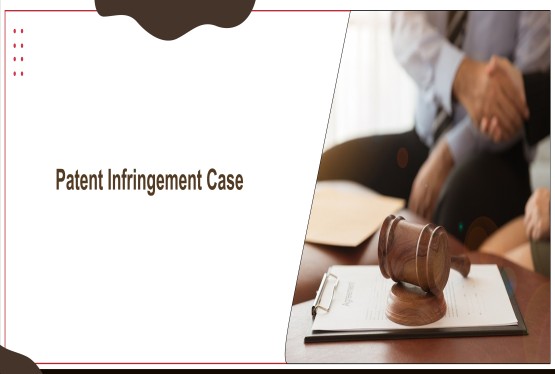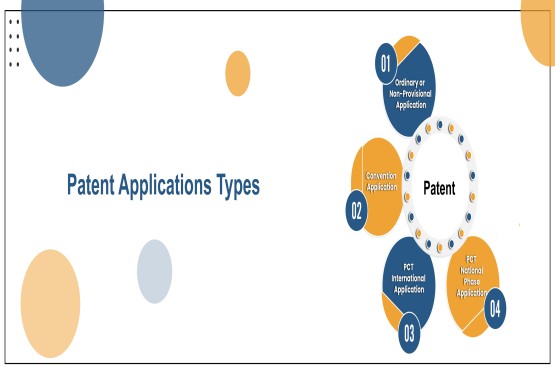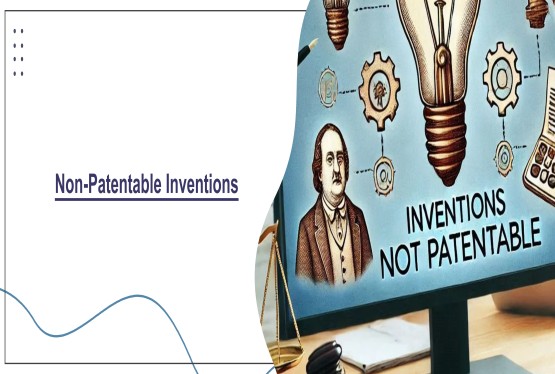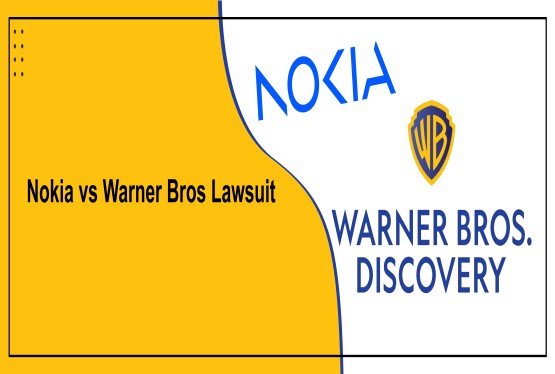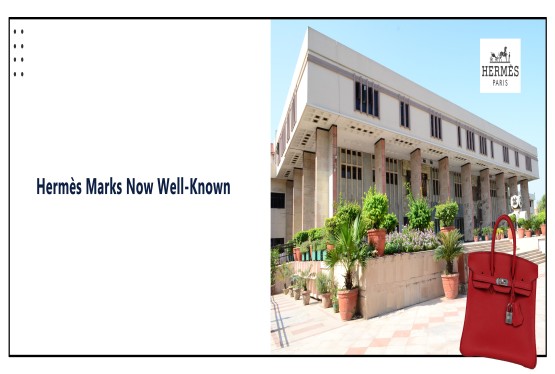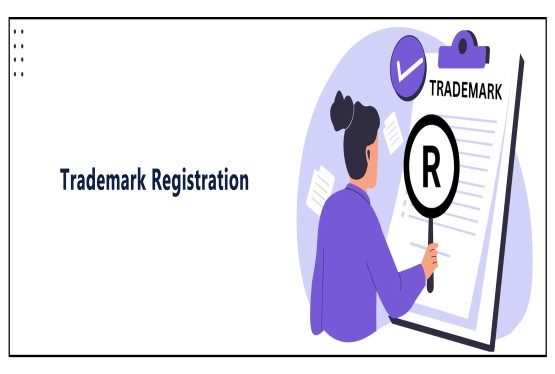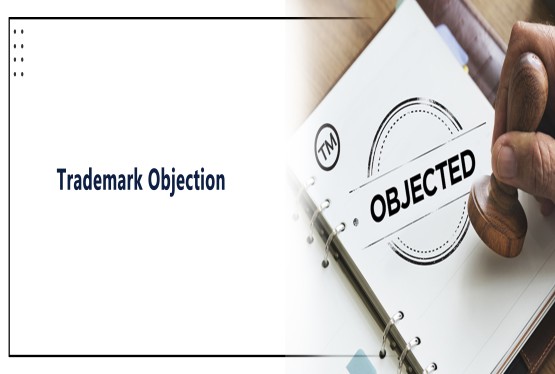In the world of intellectual property, trademarks play an important role in distinguishing goods and services offered by different entities. To streamline the trademark registration process globally, goods and services are classified into distinct categories. One such classification is Class 1, which pertains to chemicals used in industry, science, and agriculture, among others.
Meaning of Class 1 in Trademark
Class 1 is part of the Nice Classification (NCL) system, established under the Nice Agreement of 1957, which categorizes goods and services into 45 distinct classes. Specifically, Class 1 encompasses:
1. Industrial Chemicals: Chemicals used in manufacturing, construction, or other industrial applications.
2. Scientific Chemicals: Reagents, laboratory chemicals, and substances used for scientific experiments.
3. Agricultural Chemicals: Fertilizers, soil conditioners, and other chemicals used in farming.
4. Unprocessed Plastics and Resins: Raw materials for plastic and polymer manufacturing.
5. Adhesives and Tanning Substances: Chemicals used in the preparation and treatment of leather and other materials.
Class 1 does not include chemicals used as end products for consumers, such as pharmaceuticals (Class 5) or cosmetics (Class 3).
Legal Framework Governing Class 1 in India
The registration of trademarks in India is governed by the Trade Marks Act, 1999, and its associated rules.
1. Section 7 - Classification of Goods and Services: This section mandates the classification of goods and services into specified categories for trademark registration. The Act adopts the Nice Classification system, ensuring harmonization with international standards.
2. Section 18 - Application for Registration: Trademark applicants must specify the class of goods or services for which registration is sought. If the product falls under Class 1, the application should clearly mention it to avoid objections during the examination stage.
3. Section 9 - Absolute Grounds for Refusal: Class 1 trademarks may be refused registration if they lack distinctiveness, are deceptive, or conflict with public policy. For instance, a generic term like "Industrial Chemicals" cannot be registered.
4. Section 11 - Relative Grounds for Refusal: If a trademark in Class 1 is identical or deceptively similar to an existing mark, it may be refused. This ensures protection against Trademark Infringement and consumer confusion.
Scope of Class 1
Trademarks in Class 1 primarily benefit businesses involved in industries such as manufacturing, agriculture, and scientific research. Examples of products covered under Class 1 include:
-
Industrial gases and liquids.
-
Unprocessed synthetic resins.
-
Fire-extinguishing compositions.
-
Soil fertilizers and conditioners.
-
Adhesives used in manufacturing.
-
Tanning agents for leather.
The Importance of Class 1 in Trademark Law
Class 1 serves as a vital category in trademark law due to its focus on raw materials and chemicals. Its significance lies in:
-
Protecting Industrial Innovation: Manufacturers invest significantly in developing unique chemical compositions. Class 1 trademarks safeguard these innovations, ensuring no competitor can exploit their goodwill.
-
Preventing Misuse and Infringement: By registering trademarks under Class 1, businesses can prevent unauthorized use of their brand in related industrial sectors.
-
Encouraging Economic Growth: Class 1 fosters trust and investment in industries like pharmaceuticals, agriculture, and manufacturing by offering robust trademark protection.
Challenges in Registering Class 1 Trademarks
While registering a Class 1 trademark offers several advantages, applicants often face unique challenges, such as:
1. Generic and Descriptive Terms: Trademarks that are too descriptive or generic may face objections. For instance, terms like "Industrial Solutions" or "Chemical Products" lack the distinctiveness required for trademark protection.
2. Likelihood of Confusion: Given the vast number of players in industrial sectors, there is a high risk of similarity between trademarks. The registrar often examines whether the trademark might confuse consumers.
3. Technical Specifications: Trademark applicants must ensure that their description of goods under Class 1 is precise and technical. Vague or broad descriptions may lead to objections during examination.
Best Practices for Registering Class 1 Trademarks
To successfully register a trademark under Class 1, businesses should adhere to the following best practices:
1. Conduct a Comprehensive Search: A thorough search in the Trade Marks Registry ensures the proposed trademark is unique and not deceptively similar to existing marks.
2. Use Distinctive Names: Choose a name or logo that stands out and is not merely descriptive of the goods.
3. Specify Goods Clearly: Precisely list the goods covered under Class 1 to avoid potential objections.
4. Monitor Competitors: Regularly monitor competitor trademarks to ensure no infringement occurs.
Global Perspectives on Class 1 in Trademark Law
Trademark laws and the classification of goods in Class 1 are consistent across jurisdictions due to the Nice Classification system. However, there are some variations in interpretation and enforcement:
United States
The United States follows the Lanham Act, which emphasizes distinctiveness and the prevention of confusion. Class 1 trademarks must clearly distinguish industrial chemicals and similar goods.
European Union
The EUIPO (European Union Intellectual Property Office) mandates strict adherence to the Nice Classification, ensuring clarity in applications for Class 1 trademarks.
India
India's approach aligns closely with international norms, with the Trade Marks Registry implementing the Nice Classification and applying domestic statutes to safeguard industrial trademarks.
Enforcement of Class 1 Trademarks
Trademark protection is incomplete without effective enforcement mechanisms. The Trade Marks Act, 1999, provides remedies for infringement and dilution, ensuring Class 1 trademarks remain secure.
1. Civil Remedies:Trademark owners can seek injunctions, damages, and account of profits against infringers.
Case Law: Cipla Ltd. v. Sun Pharmaceutical Industries Ltd.- In this case, Cipla successfully sought an injunction against the unauthorized use of its industrial chemical trademarks.
2. Criminal Remedies: Sections 103 and 104 of the Trade Marks Act impose penalties for falsifying or applying deceptive trademarks.
3. International Enforcement: For businesses operating globally, the Madrid Protocol facilitates the protection of trademarks, including those under Class 1, in multiple jurisdictions.
Conclusion
Class 1 trademarks play an important role in protecting the identity, goodwill, and innovation of businesses operating in industrial, scientific, and agricultural sectors. Governed by the Trade Marks Act, 1999, and aligned with international classification systems, trademarks under Class 1 ensure fair competition and prevent consumer confusion in a highly technical marketplace.
From protecting industrial innovation to encouraging economic growth, Class 1 trademarks serve as a foundation for businesses seeking to establish their brand in the realm of chemicals and raw materials. By navigating the challenges of distinctiveness and similarity and adhering to statutory provisions, businesses can effectively leverage the benefits of Class 1 trademarks, both domestically and internationally.
Frequently Asked Questions
Q1. What products and services fall under Trademark Class 1?
Ans. Trademark Class 1 encompasses a wide range of chemicals essential for various industries. This includes industrial chemicals used in manufacturing and construction, scientific chemicals employed in research and laboratories, agricultural chemicals such as fertilizers and soil conditioners, unprocessed plastics and resins used as raw materials, and adhesives and tanning substances utilized in various manufacturing processes.
Q2. Why is Class 1 important in trademark law?
Ans. Class 1 plays a crucial role in trademark law by safeguarding innovation and fostering fair competition within industrial, scientific, and agricultural sectors. By protecting unique chemical compositions and preventing the misuse of trademarks, Class 1 trademarks encourage businesses to invest in research and development. It also ensures that consumers can trust the source and quality of the products they use.
Q3. What are the challenges in registering a trademark under Class 1?
Ans. Registering a trademark under Class 1 can present several challenges. Firstly, trademarks that are too generic or descriptive of the goods may face objections as they lack the distinctiveness required for trademark protection. Secondly, the high number of players in industrial sectors increases the likelihood of encountering similar trademarks, raising concerns about potential consumer confusion. Finally, providing precise and technical descriptions of the goods covered under Class 1 is crucial to avoid objections during the examination process.
Q4. What are some best practices for registering a trademark under Class 1?
Ans. To increase the chances of successful registration, businesses should conduct thorough searches in the Trade Marks Registry to ensure the uniqueness of their proposed trademark. Choosing distinctive names or logos that stand out from the competition is also crucial. Moreover, providing clear and precise descriptions of the goods covered under Class 1 is essential to avoid objections. Finally, continuous monitoring of competitor trademarks is vital to identify and address any potential infringement issues.
Q5.How does the global legal framework address Class 1?
Ans. The Nice Classification system provides a standardized framework for classifying goods and services across different jurisdictions, including those falling under Class 1. While specific regulations and enforcement mechanisms may vary across countries, the fundamental principles of trademark protection, such as distinctiveness and the prevention of consumer confusion, remain consistent globally. This international harmonization facilitates the protection of trademarks under Class 1 and promotes fair trade practices across borders.






























_(b)_of_the_Trademark_Act,_1999_(1)_crop10_thumb.jpg)



_crop10_thumb.jpg)




























_crop10_thumb.jpg)
_crop10_thumb.jpg)






_crop10_thumb.jpg)








_crop10_thumb.jpg)



_crop10_thumb.jpg)





























_crop10_thumb.jpg)

















_crop10_thumb.jpg)






_crop10_thumb.jpg)











































































































































_crop10_thumb.jpg)




































_crop10_thumb.jpg)












_crop10_thumb.jpg)













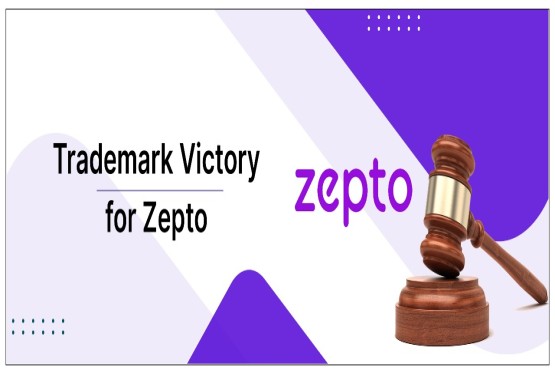

































_crop10_thumb.jpg)






